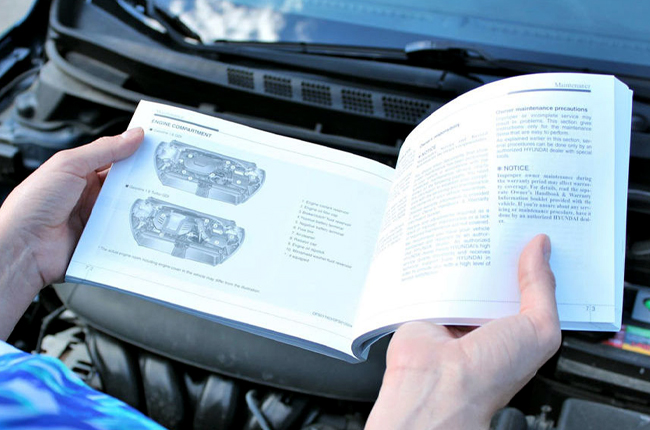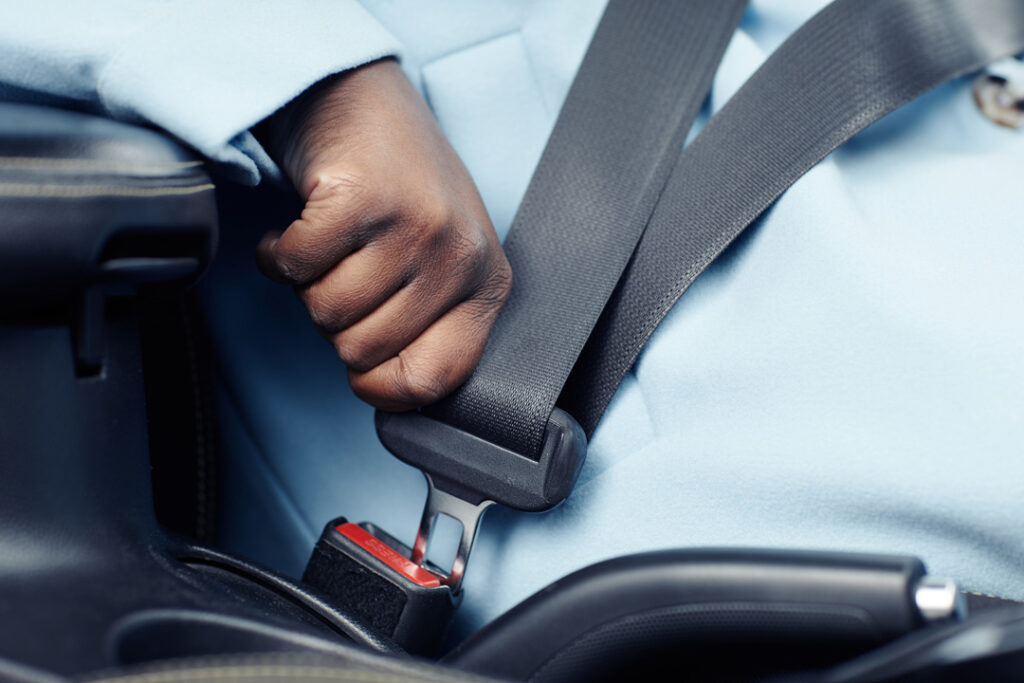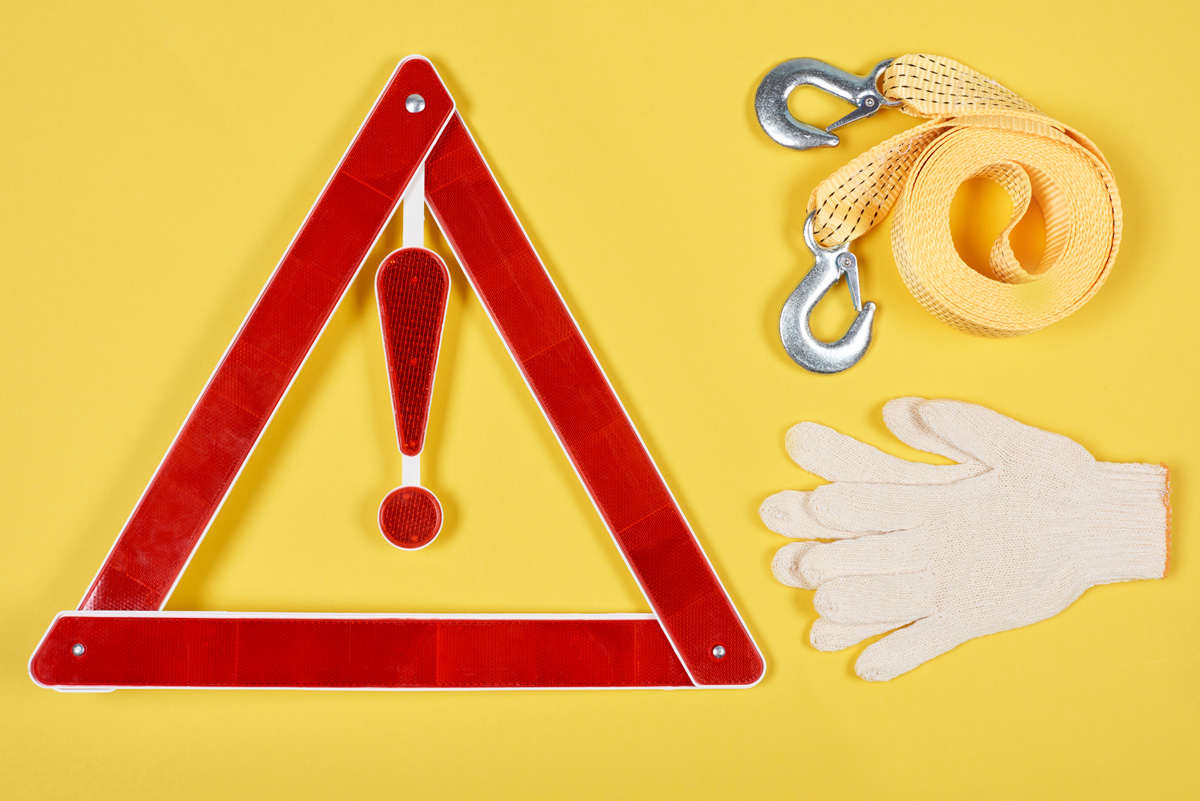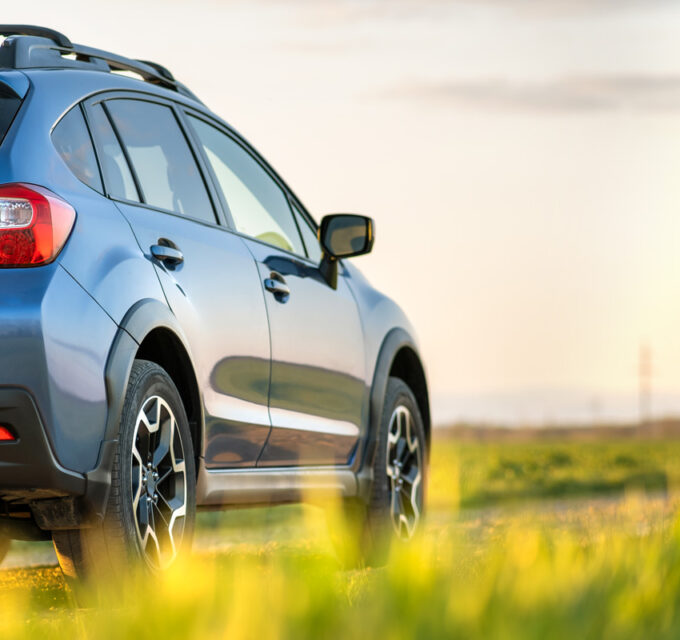Obtaining a driver’s license marks a significant achievement in one’s life. While it offers newfound independence and mobility, it is essential to approach driving with responsibility and caution. This guide provides essential safety tips to young drivers, aiming to instill safe driving habits and enhance overall road awareness.
1. Understand Your Vehicle
Before hitting the road, it’s essential to familiarize yourself with your vehicle. Understanding how your car operates can significantly enhance your safety and confidence.
Key Points:
- Read the Owner’s Manual: Take the time to read your vehicle’s owner manual. It contains vital information about your car’s features, maintenance schedule, and safety equipment.
- Know the Controls: Familiarize yourself with the location and function of essential controls, such as headlights, windshield wipers, turn signals, and emergency brakes.
- Check Your Vehicle: Regularly inspect your vehicle for any issues. Ensure that the tires are properly inflated, the brakes are functioning well, and all lights are operational.

2. Buckle Up and Ensure Everyone Else Does Too
Wearing seat belts is one of the simplest yet most effective ways to protect yourself and your passengers.
Key Points:
- Always Buckle Up: Make it a habit to buckle up before starting the engine. Encourage all passengers to do the same, regardless of their seating position.
- Use Appropriate Child Safety Seats: If you’re driving with younger passengers, ensure they are in the correct child safety seats based on their age, weight, and height.

3. Avoid Distractions
Distractions are one of the leading causes of accidents among young drivers. Staying focused on the road is essential for your safety and that of others.
Key Points:
- Limit Phone Use: Avoid using your phone while driving. If you need to make a call or send a message, pull over safely before doing so.
- Set Up Before You Drive: Adjust your mirrors, set your GPS, and choose your music before you start driving. This will help minimize distractions while you’re on the road.
- Keep Passengers in Check: If you’re driving with friends, remind them to keep the noise down and avoid distracting you while you’re driving.

4. Follow Traffic Rules and Signals
Understanding and obeying traffic rules is fundamental to safe driving.
Key Points:
- Obey Speed Limits: Always adhere to posted speed limits. Driving too fast reduces your reaction time and increases the severity of accidents.
- Use Turn Signals: Always signal your intentions when changing lanes or turning. This helps other drivers anticipate your movements and promotes safer driving.
- Stop for School Buses: Be extra cautious around school zones. Always stop for school buses that have their stop signs extended, as children may be crossing the road.

5. Practice Defensive Driving
Defensive driving involves being aware of your surroundings and anticipating potential hazards.
Key Points:
- Stay Alert: Keep an eye on other drivers and be aware of your surroundings. Look for potential hazards, such as pedestrians, cyclists, or erratic drivers.
- Maintain a Safe Following Distance: Keep a safe distance between your vehicle and the one in front of you. This gives you more time to react in case of sudden stops.
- Be Prepared for the Unexpected: Always be ready to react to unexpected situations, such as a car suddenly stopping or a pedestrian crossing the street.

6. Adjust to Weather Conditions
Weather can significantly affect driving conditions. Being prepared for adverse weather can enhance your safety.
Key Points:
- Slow Down in Rain or Snow: Wet or icy roads can reduce traction. Slow down and increase your following distance during inclement weather.
- Use Headlights Wisely: Turn on your headlights in low visibility conditions, such as fog, rain, or snow. This helps you see better and makes your vehicle more visible to others.
- Avoid Sudden Movements: When driving in adverse weather, avoid sudden acceleration, braking, or sharp turns, as these can lead to loss of control.

7. Know When to Seek Help
As a young driver, it’s important to recognize when you need assistance.
Key Points:
- Don’t Hesitate to Ask for Help: If you’re unsure about a situation, whether it’s navigating a difficult route or dealing with aggressive drivers, don’t hesitate to ask for help from a more experienced driver.
- Emergency Contacts: Keep a list of emergency contacts in your phone. This should include family members or friends who can assist you in case of an emergency.
- Roadside Assistance: Consider enrolling in a roadside assistance program. This can provide peace of mind knowing that help is just a phone call away if you experience car trouble.

8. Continuous Learning
Driving is a skill that improves with practice and knowledge.
Key Points:
- Take Defensive Driving Courses: Consider enrolling in defensive driving courses to enhance your skills and knowledge of safe driving practices.
- Stay Informed: Keep up to date with changes in traffic laws and regulations. Understanding the rules of the road is essential for safe driving.
- Practice Regularly: The more you drive, the more comfortable and confident you will become. Practice in various conditions and environments to build your skills.
As a young driver, building confidence on the road is essential for your safety and the safety of others. By following these car safety tips and being mindful of your driving habits, you can explore the roads with assurance. Remember, safe driving is not just about following rules; it’s about being aware, prepared, and respectful of others on the road. At Explore-My Cars, we encourage all young drivers to prioritize safety and make informed decisions behind the wheel. Drive safely and enjoy the journey!






